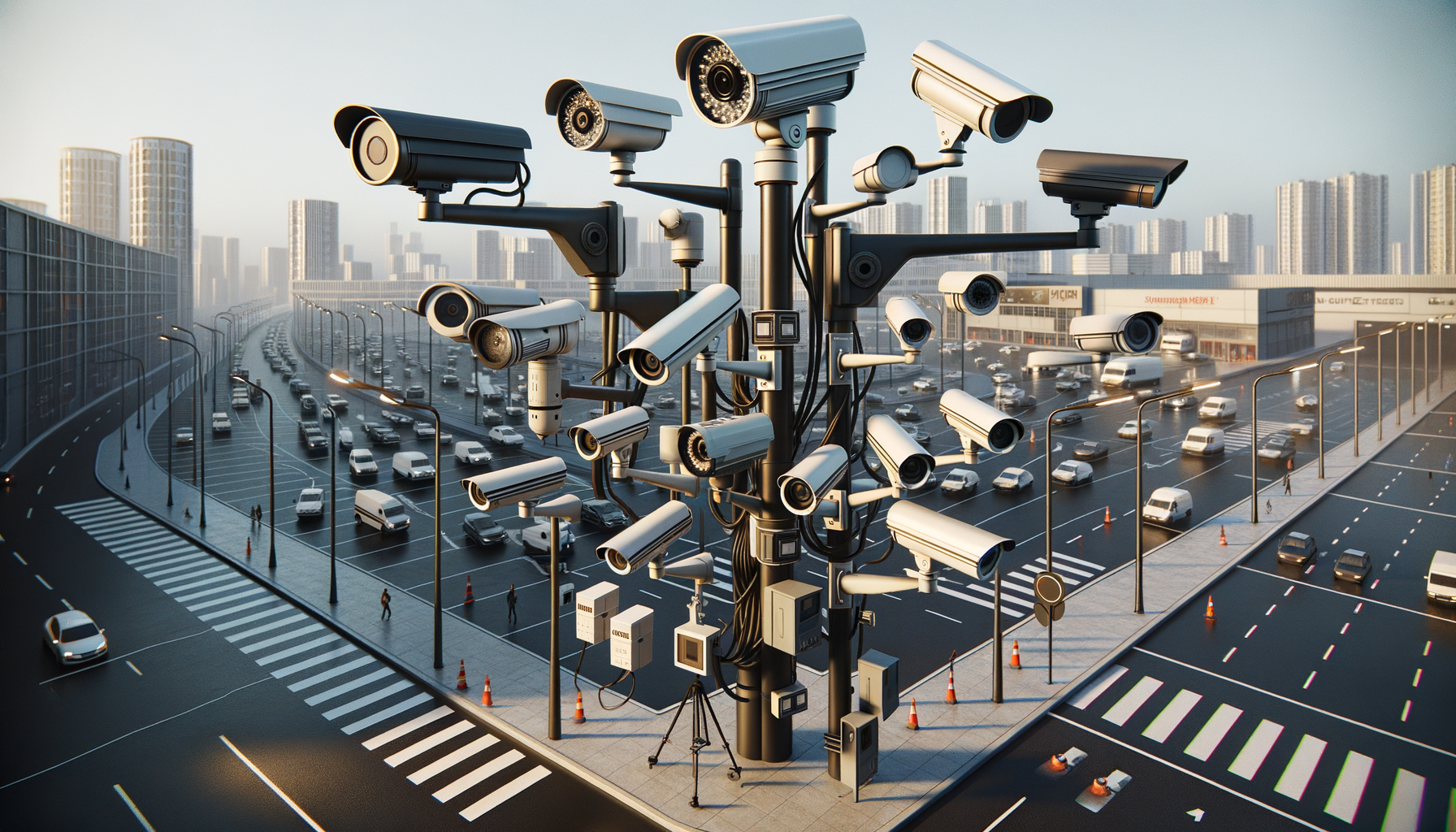Introduction to Security and Surveillance Cameras
In today’s fast-paced world, ensuring the safety and security of our homes and businesses has become more crucial than ever. Security cameras play a vital role in providing peace of mind by allowing us to monitor our surroundings effectively. Whether it’s deterring potential intruders or capturing evidence in case of an incident, these cameras are invaluable tools in the quest for safety. In this article, we will explore various aspects of security and surveillance cameras, including their types, features, installation tips, and legal considerations, to help you make informed decisions about safeguarding your spaces.
Types of Security Cameras
Security cameras come in a variety of types, each designed to meet specific needs and environments. Understanding the differences can help you select the right camera for your setup. Here are some common types:
- Bullet Cameras: Known for their long, cylindrical shape, bullet cameras are ideal for outdoor use, providing a clear view over long distances.
- Dome Cameras: These are typically used indoors and are designed with a dome-shaped housing that makes it difficult to tell which direction the camera is facing, adding an element of stealth.
- PTZ Cameras: Pan-Tilt-Zoom cameras offer flexibility, allowing users to control the camera’s movement remotely to cover a wider area.
- IP Cameras: Internet Protocol cameras transmit data over a network, providing high-quality video and the ability to access footage remotely.
- Wireless Cameras: These cameras connect to a Wi-Fi network, offering easy installation without the need for extensive wiring.
Each type of camera has its own set of advantages and potential drawbacks, so it’s important to consider factors such as location, coverage area, and specific security needs when choosing a camera.
Key Features to Consider
When selecting a security camera, certain features can significantly impact its effectiveness and usability. Here are some key features to look for:
- Resolution: Higher resolution cameras provide clearer images, which can be crucial for identifying faces or license plates.
- Night Vision: Cameras with infrared capabilities allow for clear footage in low-light conditions, ensuring 24/7 surveillance.
- Motion Detection: This feature triggers recording when movement is detected, saving storage space and making it easier to review footage.
- Field of View: A wider field of view means the camera can cover a larger area, reducing the number of cameras needed.
- Storage Options: Consider whether the camera supports local storage, cloud storage, or both, as this affects how footage is saved and accessed.
These features can enhance the functionality of your security system, providing more comprehensive coverage and easier management of your surveillance needs.
Installation Tips and Best Practices
Proper installation is crucial for maximizing the effectiveness of your security cameras. Here are some tips to ensure optimal placement and performance:
- Height and Angle: Mount cameras high enough to avoid tampering but low enough to capture clear images. Angling the camera slightly downward can improve coverage.
- Coverage Area: Ensure cameras cover entry points, such as doors and windows, as well as any vulnerable areas like driveways or backyards.
- Lighting Conditions: Avoid pointing cameras directly at light sources, which can cause glare and reduce image quality.
- Weatherproofing: For outdoor cameras, ensure they are weatherproof and can withstand the elements.
- Regular Maintenance: Periodically check and clean cameras to ensure they are functioning correctly and providing clear footage.
By following these guidelines, you can enhance the security of your property and ensure your cameras are capturing the most useful footage possible.
Legal Considerations and Privacy Concerns
While security cameras are essential for safety, it’s important to consider legal and privacy aspects. Here are some points to keep in mind:
- Legal Compliance: Familiarize yourself with local laws regarding surveillance, as regulations can vary significantly by location.
- Privacy Rights: Respect the privacy of others by avoiding cameras in areas where there is an expectation of privacy, such as bathrooms or changing rooms.
- Signage: In some regions, it’s required to inform people that they are being recorded, often through visible signage.
- Data Protection: Ensure that any recorded footage is stored securely and access is restricted to authorized individuals.
Balancing security with privacy is crucial, and being informed about legal requirements can help you avoid potential issues while maintaining a secure environment.
Conclusion: Making Informed Decisions
Security cameras are a vital component of modern safety strategies, offering a reliable way to monitor and protect homes and businesses. By understanding the types of cameras available, key features, installation best practices, and legal considerations, you can make informed decisions that enhance security while respecting privacy. Whether you’re installing a single camera or a comprehensive surveillance system, the right choices can provide peace of mind and a safer environment for everyone involved.




Leave a Reply